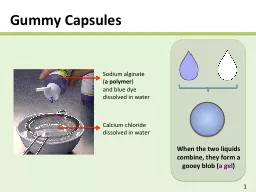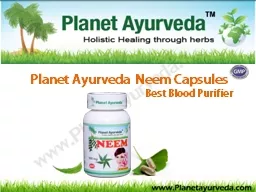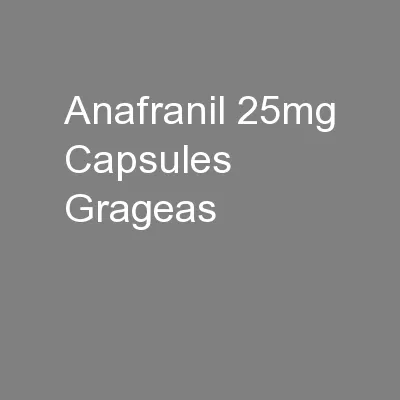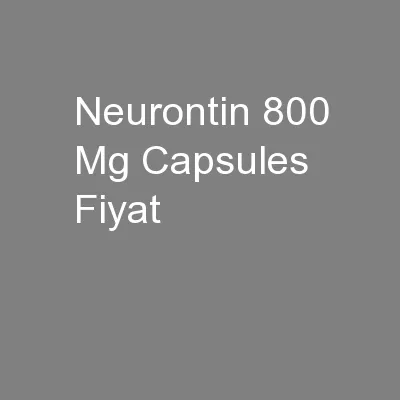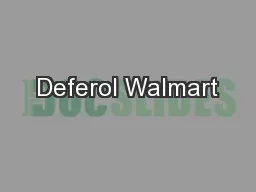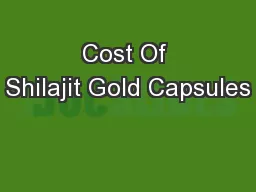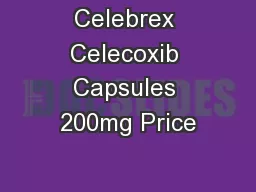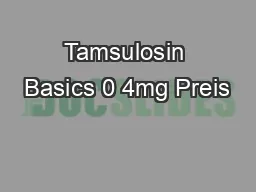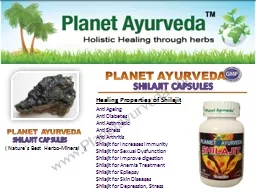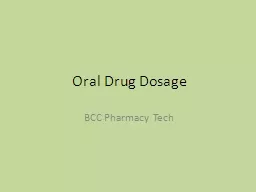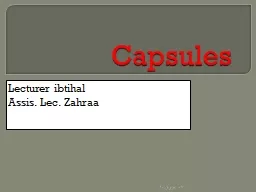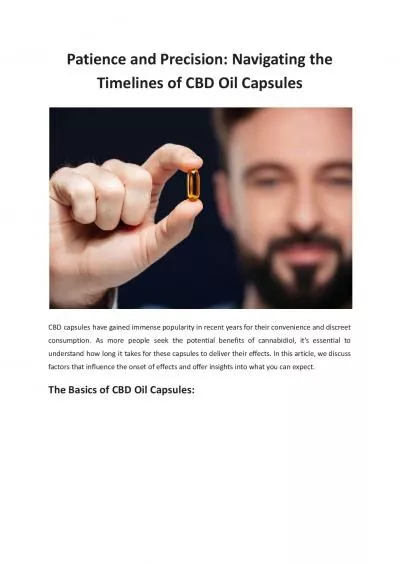PPT-Gummy Capsules
Author : test | Published Date : 2016-07-05
1 Sodium alginate a polymer and blue dye dissolved in water Calcium chloride dissolved in water When the two liquids combine they form a gooey blob a gel Whats
Presentation Embed Code
Download Presentation
Download Presentation The PPT/PDF document "Gummy Capsules" is the property of its rightful owner. Permission is granted to download and print the materials on this website for personal, non-commercial use only, and to display it on your personal computer provided you do not modify the materials and that you retain all copyright notices contained in the materials. By downloading content from our website, you accept the terms of this agreement.
Gummy Capsules: Transcript
Download Rules Of Document
"Gummy Capsules"The content belongs to its owner. You may download and print it for personal use, without modification, and keep all copyright notices. By downloading, you agree to these terms.
Related Documents

